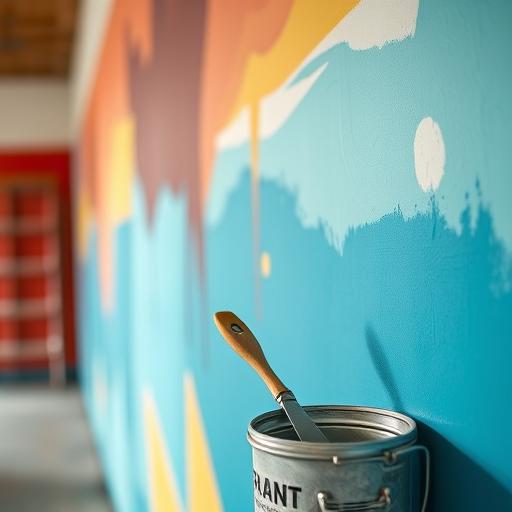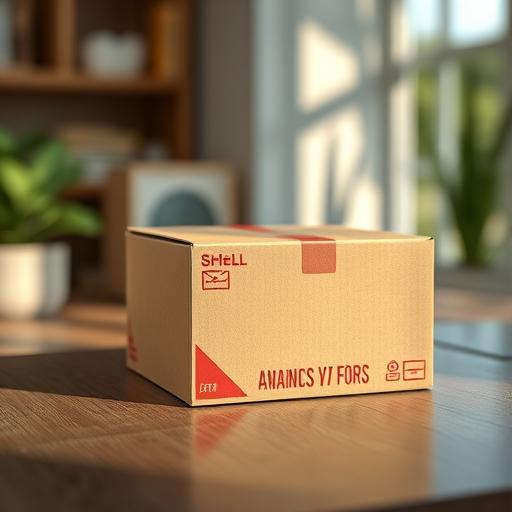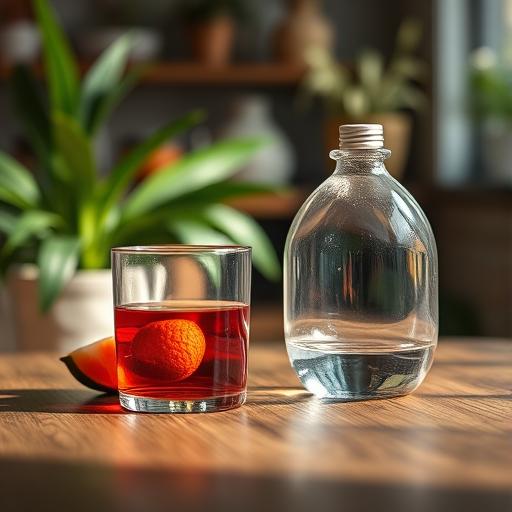Understanding Colour Theory Basics
You’ve spent time and money selecting the perfect custom textiles for your home—gorgeous curtains, a one-of-a-kind rug, or plush throw pillows. Now, the next step is to choose a wall colour that makes them shine instead of shrink. The right paint job is more than just a background; it’s a supporting character that highlights your design choices, and expert edmonton painting services can bring that vision to life.
Before you start grabbing paint swatches, a little colour theory goes a long way. The colour wheel is your best friend here. Complementary colours (opposites on the wheel, like blue and orange) create a vibrant, high-contrast look. Analogous colours (next to each other on the wheel, like blue, blue-green, and green) offer a more serene and cohesive feel. This foundational knowledge helps you create an intentional mood for your space.
Warm vs. Cool Tones: Setting the Mood
The temperature of a colour dramatically affects the atmosphere of a room. Warm tones—reds, oranges, yellows, and warm neutrals like beige—create a cozy, inviting, and energetic feeling. They are fantastic for living rooms or dining areas where you want to encourage conversation and comfort. When paired with textiles in a similar warm family, the room feels unified and snug. 🔥
On the other side, cool tones like blues, greens, and purples bring a sense of calm, tranquility, and spaciousness. These are ideal for bedrooms, bathrooms, or offices where a peaceful environment is desired. A cool-toned wall behind a brightly coloured textile, like a yellow velvet sofa, can create a stunning visual contrast that feels both sophisticated and balanced. 🧘♀️
The Power of Neutrals: A Timeless Choice
When in doubt, a neutral wall is a foolproof choice for making custom textiles the star of the show. Whites, greys, beiges, and greiges (a mix of grey and beige) provide a clean slate that allows the colours and patterns of your fabrics to stand out without competition. A crisp white wall can make a brightly patterned curtain panel look like a piece of art.
But neutral doesn’t mean boring! There are countless shades to pick from. A warm, creamy off-white can feel more inviting than a stark, pure white. A deep charcoal grey can add drama and depth, making metallic or jewel-toned textiles look incredibly luxurious. The key is to pick a neutral with an undertone that complements the colours in your fabrics.
Going Bold: Using Contrast to Your Advantage
For the design-adventurous, choosing a bold, saturated wall colour can create an unforgettable space. Imagine a deep teal or a rich berry wall behind a sofa with neutral-toned custom pillows. The contrast is dramatic and intentional, showing off both the wall colour and the textiles in a powerful way. This approach works best when you have a clear colour story in mind.
The secret to success with bold colours is balance. If you paint all four walls a vibrant hue, consider keeping your largest textile pieces (like a sofa or rug) more subdued. Alternately, an accent wall is a great way to introduce a powerful colour without overwhelming the room. This single painted wall can serve as the perfect frame for a special piece of furniture or artwork. 🎨
Don’t Forget the Finish! Matte, Satin, or Gloss?
The colour is only half the battle; the paint’s finish, or sheen, plays a huge role in the final look. A matte or flat finish has no shine, which is excellent at hiding minor wall imperfections. It provides a soft, velvety look that lets rich, saturated wall colours appear deep and true, allowing the texture of your textiles to take center stage.
Satin or eggshell finishes have a slight sheen, making them more durable and easier to clean than matte—a great option for high-traffic areas like hallways or family rooms. Semi-gloss and gloss finishes are highly reflective and durable, best suited for trim, doors, and cabinetry. A higher sheen will reflect more light and can subtly change how a colour appears, so always test a sample on your wall first.
Lighting’s Impact on Colour and Textiles
The way light interacts with your walls can completely change a paint colour’s appearance. Natural daylight will show the truest version of the colour, while incandescent bulbs bring out warm, yellow tones. LED and fluorescent lights can cast a cooler, bluer light. It’s so important to test your paint swatches in the room itself.
Observe the samples at different times of day—morning, noon, and night—to see how they shift. This also affects how your textiles look. A fabric that appears one way under the store’s fluorescent lights might look completely different in the warm, natural light of your living room. A cohesive design considers how paint and fabric look together under your home’s unique lighting conditions. 💡
Creating a Cohesive Palette
The goal is to create a harmonious look that feels intentional, not accidental. A great technique is to pull a secondary or tertiary colour from your main textile pattern to use as your wall colour. For instance, if your custom curtains have a large floral print with blue, green, and a tiny bit of soft yellow, painting the walls in that soft yellow can tie the whole room together beautifully.
Think about the 60-30-10 rule for a balanced space. 60% of your room should be a dominant colour (often your walls), 30% a secondary colour (your textiles, like curtains or a sofa), and 10% an accent colour (throw pillows, art, or decor). This simple guideline prevents the room from feeling chaotic and ensures your custom pieces pop in just the right way. ✨



